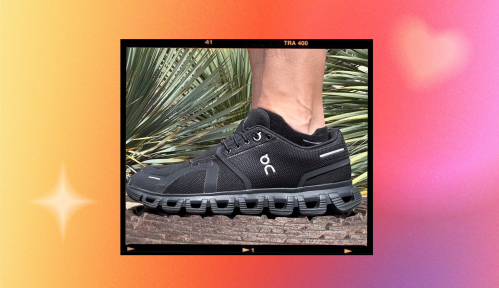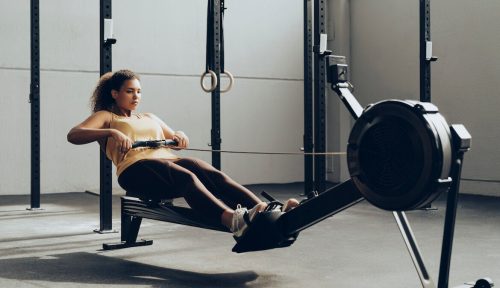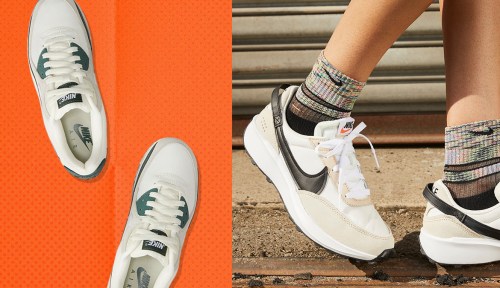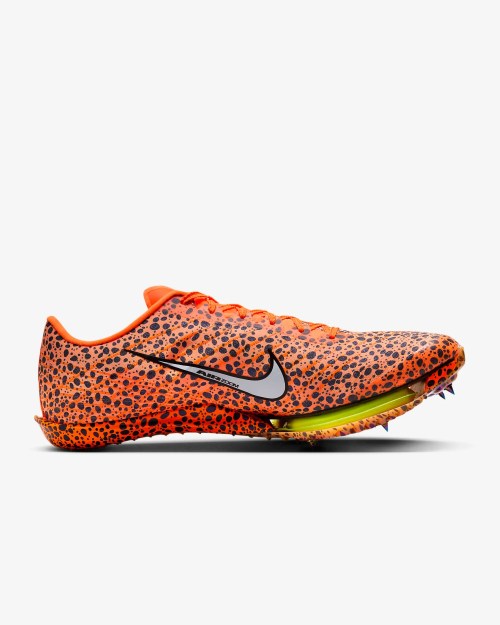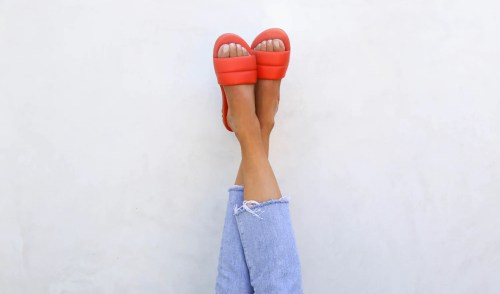Our editors independently select these products. Making a purchase through our links may earn Well+Good a commission
Sha’Carri Richardson. Rai Benjamin. Anna Cockrell. They’re some of the fastest humans in the world, and they’re going for gold in the 2024 Paris Olympics. And as part of Team USA, they’ll be wearing Nike’s Olympic track spikes. We got a first-hand look at the gear that keeps them moving—and plays an important role in their story.
Experts in This Article
Nike Running footwear product manager, former all-American collegiate middle-distance runner, and coach of Bowerman Track Club
All track runners wear spikes, which are specially designed shoes that facilitate speed. They’re lighter than standard running shoes and have a spike in the forefoot of the shoe to give traction. This year, Nike, the maker of all Team USA Track & Field kits, released new models to support the athletes racing toward Olympic gold.
We took a deep dive into the science of speed behind the shoes some of the fastest runners in the world are wearing during this year’s Olympic games.
For sprinters: the Maxfly 2
The Maxfly 2 is designed for speed. It’s the latest sprint spike for the world’s fastest sprinters, and for races like the 100-meter dash, it’s all about power and energy return.
“The sprinters are the most powerful athletes,” says Elliot Heath, a former all-American collegiate middle-distance runner and a professional Nike running athlete. Elliot now coaches Bowerman Track Club, one of Nike’s premier running clubs, and is a Nike Running footwear product manager.
“Sprinters need a lot of containment from the upper and bottom of the shoe. The Maxfly 2 really delivers containment through a woven upper,” he says. “Then underneath, those athletes are creating the most energy possible, and they want more of that energy back.”

Nike’s Air Zoom technology, plus a base of support with a full-length carbon fiber plate, helps keep the athletes on their toes and return more of that powerful energy they’re releasing.
“We’re trying to take the energy that they’re creating themselves and return a higher percentage of it to them,” Heath says.
The athletes competing in the Maxfly 2 played a big part in its design and ultimate final product. Athletes tested prototypes of the Maxfly 2 in the Nike Sport Research Lab, where researchers measured their biomechanics, like body lean and foot angles, going around the turns and the shoe’s stability on both the turns and the straightaways of the track.
“Ultimately, the athletes are what make the performances, and we’re just there to amplify their tools and abilities.”—Elliot Heath
“The athletes are the drivers at the end of the day, and we get to spend so much time working in tandem with them,” Heath says. “[They] bring us in as a trusted part of their team to work with them and facilitate the product that they’re using. Ultimately, the athletes are what make the performances, and we’re just there to amplify their tools and abilities.”
Nike Maxfly 2 Electric Track & Field Sprinting Spikes — $205.00
Available to non-Team USA athletes in a super cool print and color combo, Nike’s Maxfly 2 are built for the fastest runners on the track.
For longer distances: the Dragonfly 2
As you go up in distance, it’s all about being efficient and lightweight. That’s where the Dragonfly 2 is really king, Heath explains. Built for longer distances on the track, the Dragonfly 2 aims to give runners a smooth transition, with more cushion on the heel and midfoot of the shoe.
“For athletes out there competing for up to 30 minutes, they want a smooth transition at different paces and really a sock-like fit, something that’s going to disappear on their foot,” Heath says. “They prioritize the comfort of the shoe a little bit more because if you experience any discomfort in a 100 meters race, you’re not even going to feel it until afterward. But if you have discomfort in the first 2K of a 10K, you’re going to deal with that for the next 20 minutes in your race.” (Yeah, Olympic runners tackle a 10K in less than 30 minutes.)
The Dragonfly 2 has a full-length curved plate and Nike ZoomX foam, a combo that delivers a lightweight and dynamic feel. Its new design, prioritizing comfort, smooth transition, and efficient running, makes these spikes ideal for longer track races like the 5K and 10K.
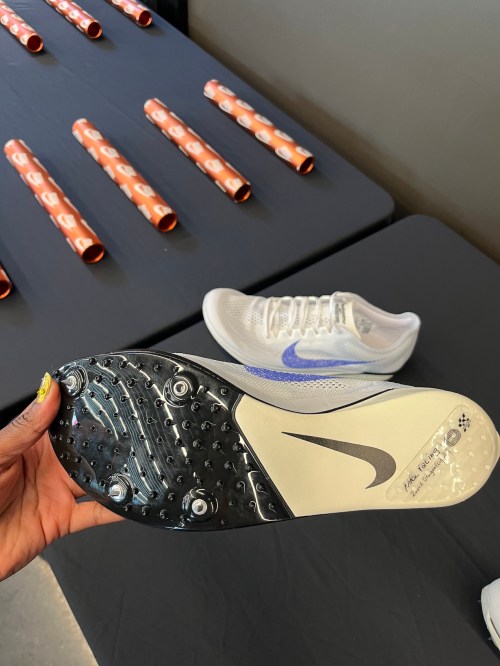
“Coming from an athlete background myself, having shoes now that are helping athletes run faster, but they have cushion in them—I like to think of them as making the spikes that I wish I had as an athlete, or some of the athletes I coached,” Heath says.
Beyond the track spikes’ function, they look pretty cool, too. Their bold aesthetic is just as important for athletes that have a “look good, feel good” mentality.
“We talk to athletes over and over, and I get the chance to work with the best designers in the world that really help amplify that idea of something looking fast, feeling fast, and then running fast,” Heath says. “That mindset that an athlete takes into their shoes, when they put on their spikes—even if it just looks and feels fast to them, we’re talking about the difference between thousandths of a second.”
Nike Dragonfly 2 Blueprint — $160.00
Built for speed at slightly longer distances, Nike’s Dragonfly 2 ensures a smooth transition and excellent support for Team USA’s track and field athletes.
And while that may not seem like much, that thousandths of a second is the difference between making the Olympic team and winning a medal—or not. Obsessing over details of the construction and the aesthetic, and how it makes the athletes feel, Heath says, makes all the difference in what a spike can do for an athlete.
You can watch track and field events starting on August 1. NBCUniversal is the official U.S. broadcaster for the Paris 2024 Summer Olympics, but you you can also watch on Peacock, NBCOlympics.com, NBC.com, USA Network, CNBC, and E!
Sign up for the Well+Good SHOP Newsletter
Get exclusive deals on wellness, beauty, fitness, and food products that have been hand-picked by our editors.
Got it, you've been added to our email list.

